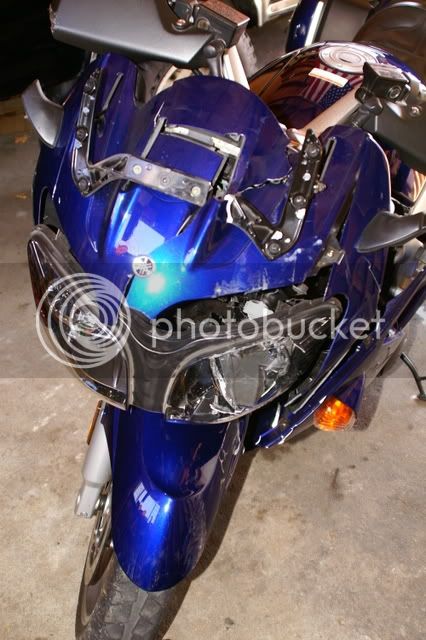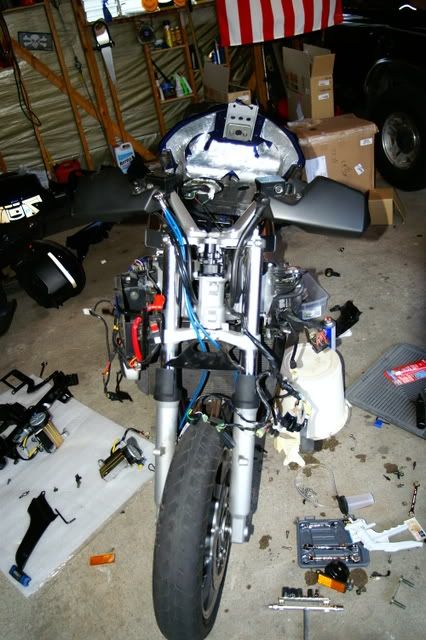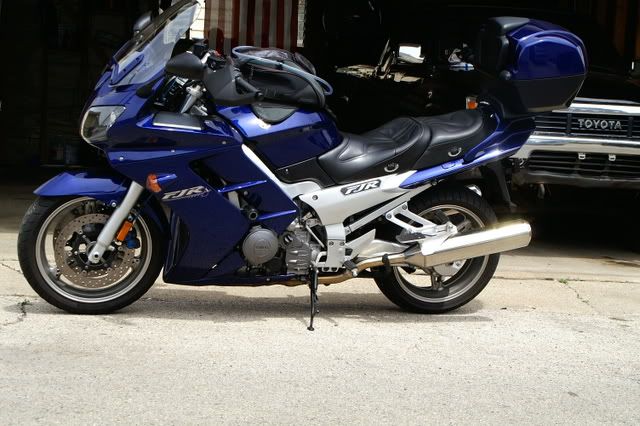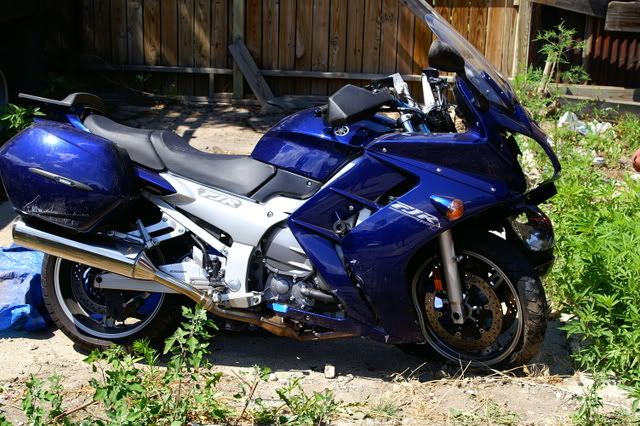keithaba
Well-known member
I have been working on the FZ1 a lot lately, and I can tell you it is a ***** in comparison to the FJR.
Everything so far has been easier to do on the FJR than the FZ1. Right now I'm working on synching the carbs, and it is a nightmare.
The screws are deeply imbedded between the carbs and near impossible to get to without an 8" screwdriver, and feeling around.
Also did an oil change on my friends Warrior, my gawd. 2 drain bolts, oil in the frame, what a PITA!
When I had my V-star, you had to drop the entire exhaust just to do the oil change!
Are there any other bikes that are as easy to work on as the FJR?
Everything so far has been easier to do on the FJR than the FZ1. Right now I'm working on synching the carbs, and it is a nightmare.
The screws are deeply imbedded between the carbs and near impossible to get to without an 8" screwdriver, and feeling around.
Also did an oil change on my friends Warrior, my gawd. 2 drain bolts, oil in the frame, what a PITA!
When I had my V-star, you had to drop the entire exhaust just to do the oil change!
Are there any other bikes that are as easy to work on as the FJR?



































































